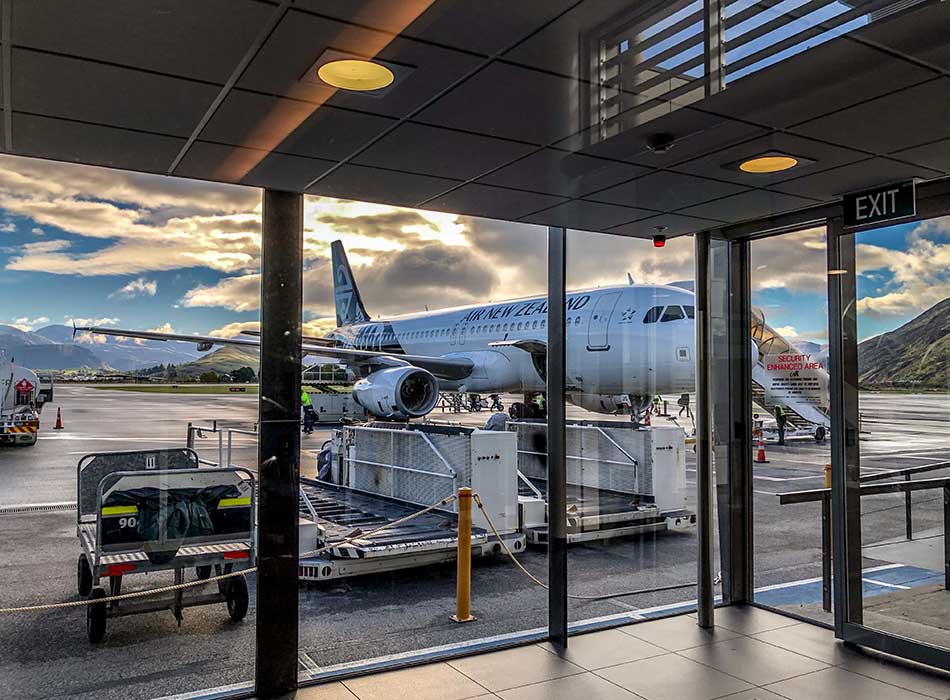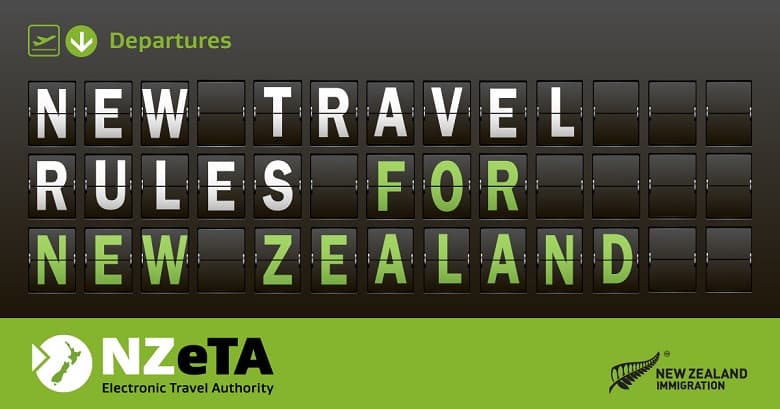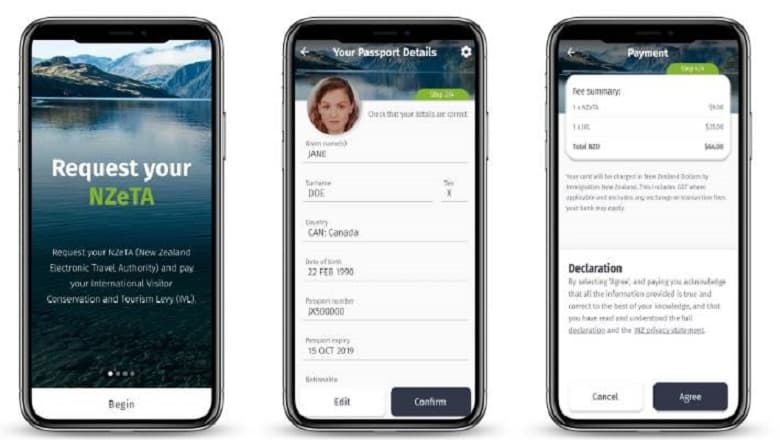The landscape of travel in the post-COVID world has potentially changed forever.
Today more than ever, we think about the health and safety measures which need to be taken into account when you consider boarding a plane or travelling anywhere internationally.
With the advancement of security threats through technology, all countries need to be able to detect, identify, and protect their borders from people of interest and potential threats to keep both their people and the environment safe.
Protecting New Zealand’s borders

New Zealand has been a tourist mecca for many years. The “clean, green New Zealand” and “100% Pure NZ” theme is well known throughout the world. Pre-COVID-19, tourists and business people were visiting New Zealand more than ever from all over the globe. COVID-19 has obviously put the brakes on the growth in international tourism, however as soon as international borders open back up, we can expect tourist numbers to swell once again.
A fast, smooth and easy visa application process is crucial for New Zealand to keep up with the demand and to allow travellers to come here. More importantly, it allows the New Zealand Immigration team to know who is coming and when, and it allows INZ the ability and assurance to know that the person applying for the application is who they say they are.
What is the NZeTA?

The New Zealand eTA is an Electronic Travel Authority for travellers who wish to visit New Zealand for short-term stays of up to 90 days from the date of arrival, with the exception of British nationals who can stay for a period of up to 6 months. The NZeTA is granted through an online application system. It was introduced to simplify visa processes for citizens of eligible countries who want to travel to and within New Zealand for short-term stays.
Biometrics and border control
Having the NEC biometric matching system behind the NZeTA application, capturing the picture taken from the applicant’s device and verifying it against the passport photo to match 1:1 and perform a 1:n search to check for fraud, are vital pieces to the application being successful.
At the time of capture, an NEC SDK is utilised to process the photo on the applicant’s device. The software runs several different checks to make sure that the lighting was correct, that the photo was taken at the right angle and of suitable quality, ensuring that the key metrics are there for the biometric matching system.

The photo is then checked by another NEC related piece of software called “Photo Quality Check” which then informs the user if the photo taken is acceptable to submit, or if the photo needs to be retaken.
Once the application is submitted, the biometric matching system then verifies the picture against the passport photo, where further manual resolution may be required. If no issues are found in the application, INZ then stores all the details provided into their database as the individual coming to NZ as an accepted visa applicant.
Public safety is paramount to the border and is at the heart of NEC Biometric capabilities – helping to create a safer world.
Outcomes
Whilst visa applications may currently be at an all-time low due to the ongoing COVID-19 pandemic, New Zealanders can rest assured that once our borders re-open to international visitors, every precaution has been taken to protect our borders and ensure that any visitors applying for a New Zealand electronic tourist visa will have been verified using world-leading* facial recognition software developed by NEC.
This is just one of a number of ways NEC is working with Immigration New Zealand to keep our borders safe. For more information, get in touch with one of the team today.
